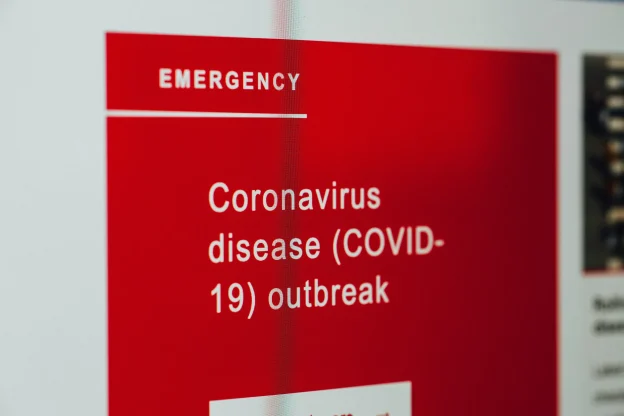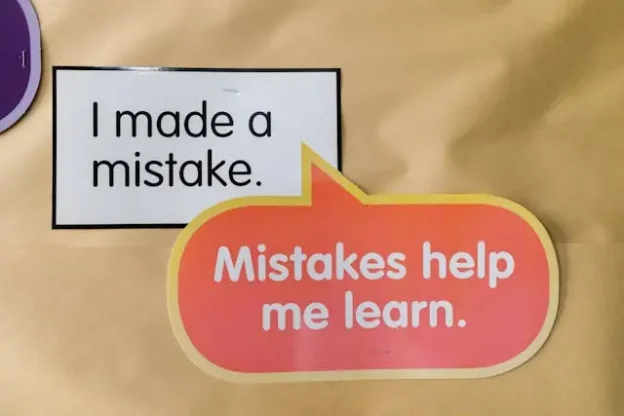Who are your customers? Why are they your customers? What do you offer that your competitors do not?
More importantly, what sort of content is your audience interested in? What do they enjoy, and what do they find compelling? What questions do they want you to answer, and what topics do they want to learn about?
These are among the most important questions that you need to address. Understanding your audience is critical to your content marketing efforts. Without this knowledge, you cannot effectively target your content.
Let’s talk about where you can look to learn.
(more…)








